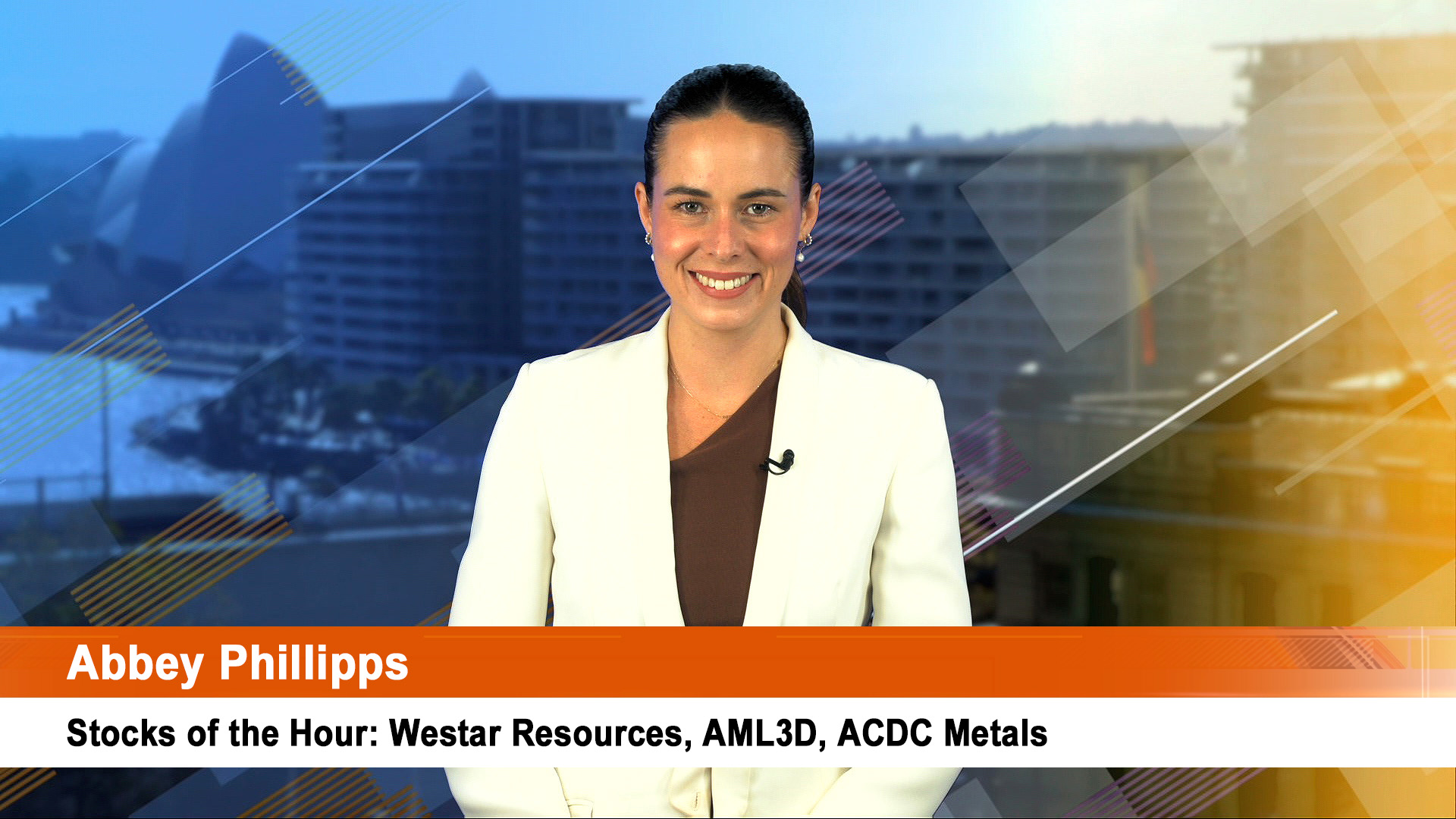Of all the sectors that have been an indicator of trouble in the Australian economy, none have been as good as the broadacres housing development and the CBD office tower, or commercial property.
They are the things that helped bring down the booms of the late 70s, 80s' and 90's.
Housing developments damaged finance companies from Associated Securities to Commercial and General, and Lensworth Finance. Over the decades, the commercial property market has produced huge problems for banks, developers and a host of others in the building, construction and materials businesses.
So with the Australian economy now into its 17th year of expansion, inflation rising and conditions boom-like, are there problems around the corner in these two key property sectors?
Well we know housing is depressed, especially in the high volume states of NSW and Victoria and there's no sign of a break out; and anyway, we are still getting over the housing bubble of the early years of this decade.
So, what of commercial property, the towering offices and edifices to ego, ambition and lastly yield, when the boom is raging hot?
Well, there's a boom on: Brisbane and Perth can't get enough office space, more is being built. Melbourne and Sydney are more sedate but starting to stir and so far there's been no overcapacity.
Yields are firm to low, which is always a good sign.
In this examination of how the industry is travelling, the Reserve Bank doesn't see a problem from what's been a bellwether of bad news in boom times.
Conditions in the national office property market have tightened significantly over the past couple of years, with the national vacancy rate falling to nearly 20-year lows, and rents and property prices increasing sharply.
However, additions to national office supply have picked up much more moderately than in the late 1980s cycle. With no sign so far of the significant overbuilding that resulted in the collapse of the late 1980s office boom, the current upswing in office construction seems likely to continue for some time yet.
Reflecting strong demand and relatively modest additions to the stock of office space, the national office vacancy rate has fallen significantly over recent years, from 10% in 2004 to 4.5 % in the second half of 2007, which is its lowest level since the late 1980s.
The decline has been relatively broad-based across the major cities, with vacancy rates now below 7% in all cities compared with peaks of around 20-30% in most capitals in the early 1990s.
However, the tightening in the Perth and Brisbane markets has been particularly pronounced, reflecting the general economic strength of these regions and the boom in the resources sector.
The vacancy rates for offices in Brisbane and Perth are extraordinarily low at just 0.2% and 0.5%.
This tightening has in turn seen the rate of growth in office property prices and rents increase significantly over the past two to three years, although this follows a long period of relatively modest outcomes.
Office prices (or capital values) are estimated to have risen by 28% over the year to the September quarter nationally and rents by 22%.
However, it has only been in the past year that average nationwide office property prices have surpassed their previous nominal peak seen during the boom of the late 1980s, and in real terms they remain around 20% below the heights seen during that period.
Similarly, while nationwide nominal rents are around 30% higher than in 1989, they are also still around 20% lower in real terms.
The recent strong growth in prices and rents has occurred across all of the mainland capitals.
In Sydney and Melbourne office prices are estimated to have risen by more than 30% over the past two years, while rents have increased by around 25% and 15% respectively.
However, the strongest price and rent gains have been seen in Brisbane and Perth, with growth in estimated capital values in excess of 60% over the past year alone.
After more than doubling over the past two years, office prices per square metre in Brisbane and Perth now exceed the national average, and are second only to prices in Sydney, while rents in Brisbane and Perth are now higher than in all other cities.
Office prices and rents in these two markets now far exceed their levels in the late 1980s, in both real and nominal terms, reflecting the extremely low vacancy rates in these markets.
The tightening in office property conditions has prompted a noticeable pick-up in planned office supply.
Office building approvals, commencements and the value of office projects in planning stages have all increased strongly over the past couple of years. Reflecting this, data from the Property Council of Australia indicate that gross additions to the national office stock should accelerate in 2008 and 2009.
Nevertheless, as a per cent of the total stock, annual additions are expected to remain well below those seen in the early 1990s when new construction was causing the national office stock to grow by nearly 10% per annum.
The largest planned expansions in office supply are in Perth and Brisbane, where the stock of office space looks set to rise by around 20%-25% cumulatively over the next three years.
However, with practically no vacant office space in these markets, likely pent-up demand (as suggested by recent declines in space per worker) and expectations of continuing economic growth, many market observers suggest that the expansions underway are unlikely to result in significant oversupply, although there could be some easing in pressure on prices and rents.
This is consistent with reports from the Bank's liaison program which also suggest that conditions in the office property market are expected to remain tight over at least the next year.













